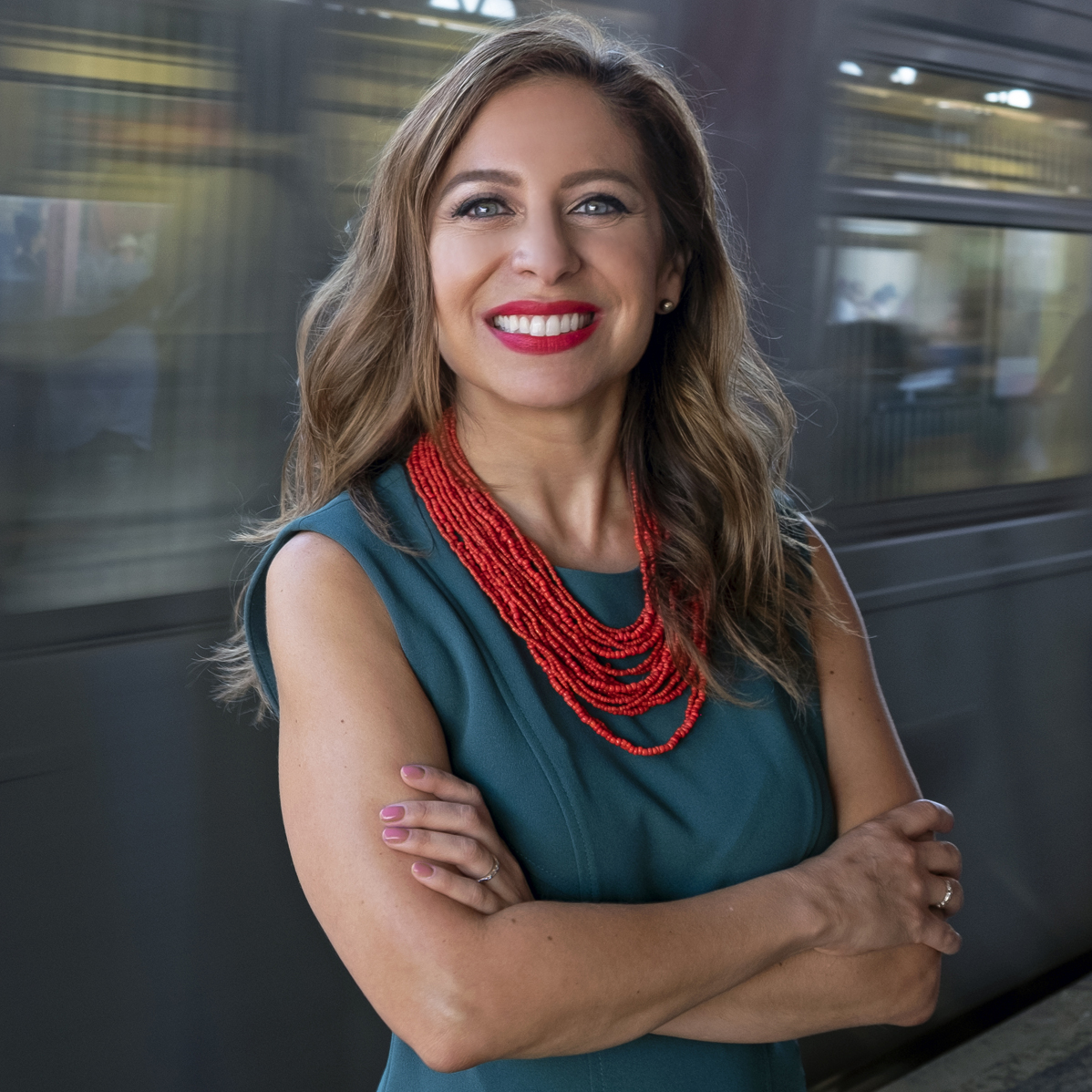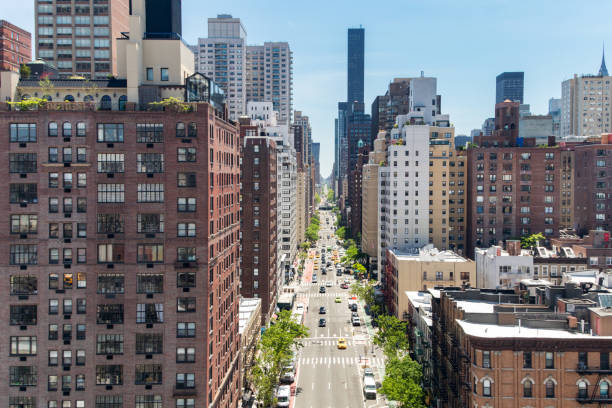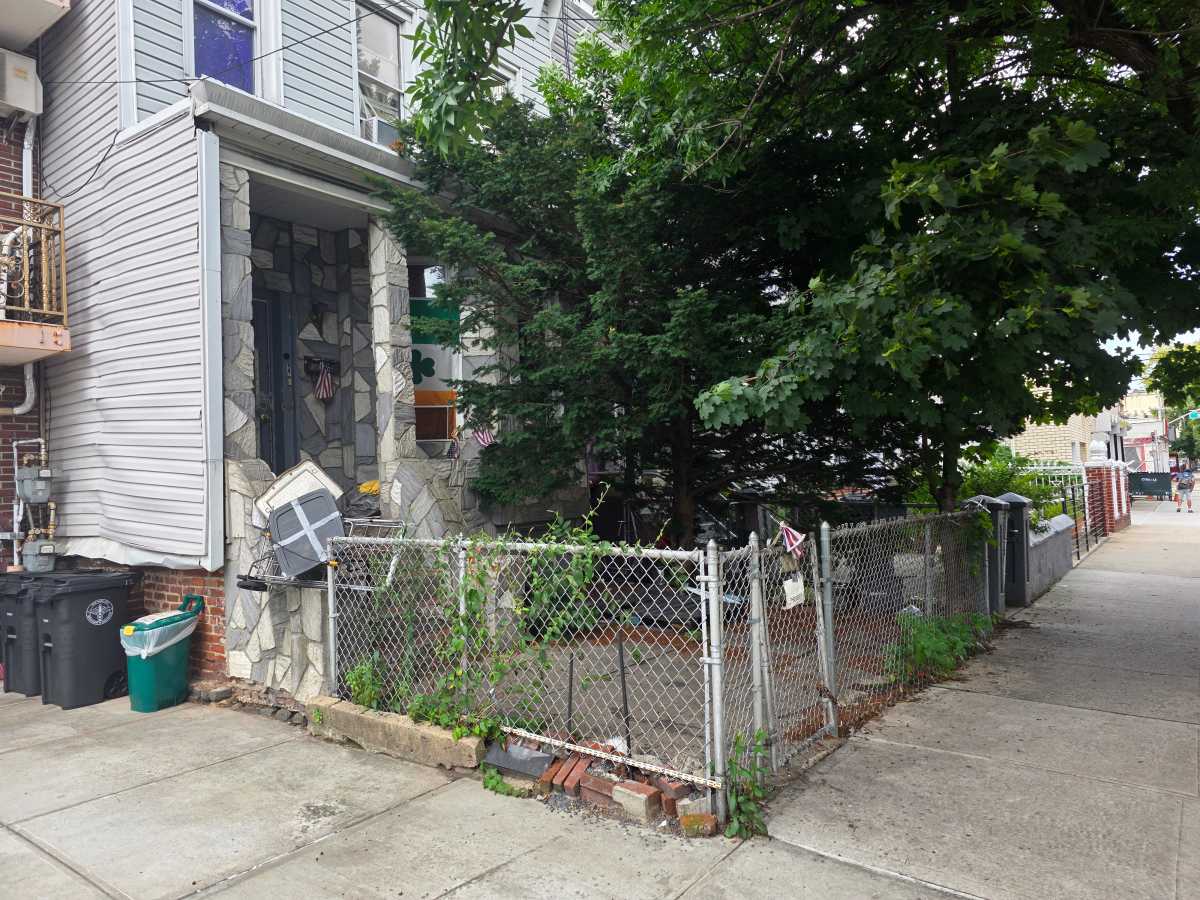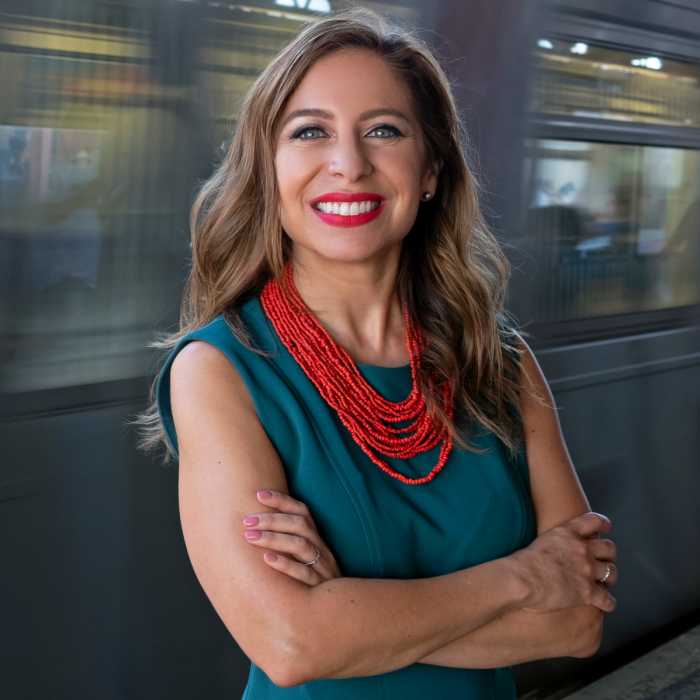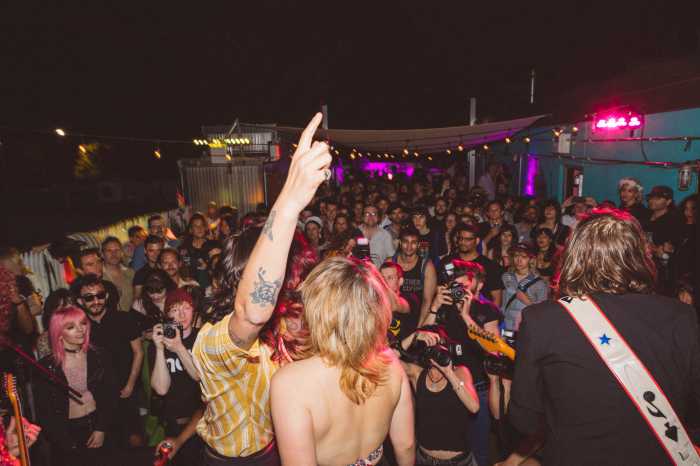After decades of inertia at the Seward Park Urban Renewal Area, on the Lower East Side south of the Williamsburg Bridge, the makings of a viable development scheme are taking shape. Where six blocks have lain vacant, occupied by open-air parking lots, there are now visions of housing and commercial development, and much-needed jobs and economic development.
It must be stressed that what exists are only guidelines — not a plan. But Community Board 3, which has been spearheading this process for the past several years, is indeed now working toward a final plan.
The guidelines were presented Nov. 16 at C.B. 3’s Land Use, Zoning, Public and Private Housing Committee. Basically, they call for a mixed-use project, with equal parts housing and commercial and retail development. There would be 800 to 1,000 units of housing. Under one possible scenario, the mix could include 40 percent market-rate, 30 percent moderate and middle-income, 20 percent low-income and 10 percent senior housing and assisted-living units.
On the commercial side, no retail spaces would be larger than 30,000 square feet, effectively banning big-box stores, though a supermarket of larger size would be allowed. A movie theater and parking space would also be included.
The layout wouldn’t be “towers in the park” — which leaves much to desire in terms of a feeling of livability — but, would incorporate open space.
In addition, although they weren’t in the original 1965 renewal plan, C.B. 3 is also including in its redevelopment concept the four Essex St. Market buildings, between Stanton and Houston Sts.
Leading the C.B. 3 committee on the renewal area issue is David McWater, the board’s former chair. It was McWater who initiated the community-led, contextual rezoning plan for the East Village and Lower East Side that was approved by the city two years ago, which put height caps on new development. He’s confident the SPURA plan will also win approval.
Next month, the SPURA guidelines will be fleshed out more at C.B. 3, and it’s hoped the board will vote on the concept in January. But there’s still far to go. The city will need to do an environmental impact statement (E.I.S.) for the sites, then a uniform land-use procedure (ULURP), then issue requests for proposals (R.F.P.’s) from developers for the 10 sites. This could take three years, and of course construction would be phased in over many years. McWater stressed it’s important to get things completed before Mayor Bloomberg leaves office. Whatever consensus has been painstakingly built over the past two years could evaporate.
The urban renewal plan has expired. But McWater said the city will give priority to former renewal-area residents who seek to return and get affordable housing, if their income levels meet requirements.
Seven years ago, the city proposed a SPURA plan with a mix of housing, including 400 low- and middle-income units. That plan was scrapped due to vehement community opposition. This current process, has been community driven.
The key will be to get local elected officials onboard, namely Councilmember Margaret Chin and Assembly Speaker Sheldon Silver. While many residents of the Grand St. co-ops, where Silver lives, have historically resisted development of SPURA, opposing affordable housing, the co-ops’ residential mix has been changing. There’s a new sentiment for movement on these eyesore blocks.
Now that a new, consensus plan is coming into focus, it’s incumbent on Chin and Silver to engage and support the process. If not, a golden opportunity will be lost. In that sense, it’s a risk not to back the sensible mixed-use consensus that is emerging now. Now is the time for Chin and Silver to help shepherd this long paralyzed project, creating a legacy to be proud of.












